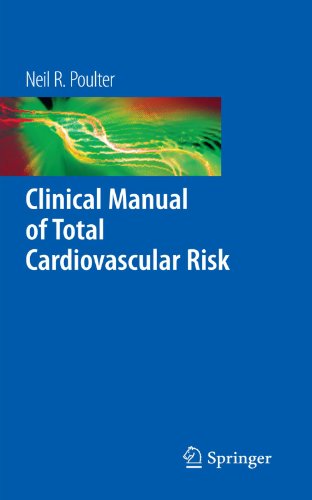

Most ebook files are in PDF format, so you can easily read them using various software such as Foxit Reader or directly on the Google Chrome browser.
Some ebook files are released by publishers in other formats such as .awz, .mobi, .epub, .fb2, etc. You may need to install specific software to read these formats on mobile/PC, such as Calibre.
Please read the tutorial at this link: https://ebookbell.com/faq
We offer FREE conversion to the popular formats you request; however, this may take some time. Therefore, right after payment, please email us, and we will try to provide the service as quickly as possible.
For some exceptional file formats or broken links (if any), please refrain from opening any disputes. Instead, email us first, and we will try to assist within a maximum of 6 hours.
EbookBell Team

4.1
100 reviewsCardiovascular disease (CVD) is a major cause of morbidity and mortality in Western industrialized countries. The management of non-fatal stroke and heart attack consumes a major proportion of current healthcare budgets and has a huge detrimental impact on quality of life for both patients and their relatives. The multifactorial nature of CVD and the interactions between risk factors mean that it is difficult for clinicians to make an intuitive assessment of an individual’s future risk of disease. This has led to the production of a number of guidelines on the prevention of CVD, all of which recommend risk assessment tools to guide primary prevention strategies.
In a practical, easy to digest format, Clinical Management of Total Cardiovascular Risk presents the key data on all aspects of managing cardiovascular disease. Stressing the importance of identifying the patient at risk, Neil Poulter incorporates review of the current guidelines and outlines the options available when diagnosing, managing and treating these patients. Using algorithms to highlight key management decisions, this practical reference will be useful to all in the management of cardiovascular disease from primary care practitioners and physicians in the fields of prevention and rehabilitation to Residents in Internal Medicine and Cardiology.